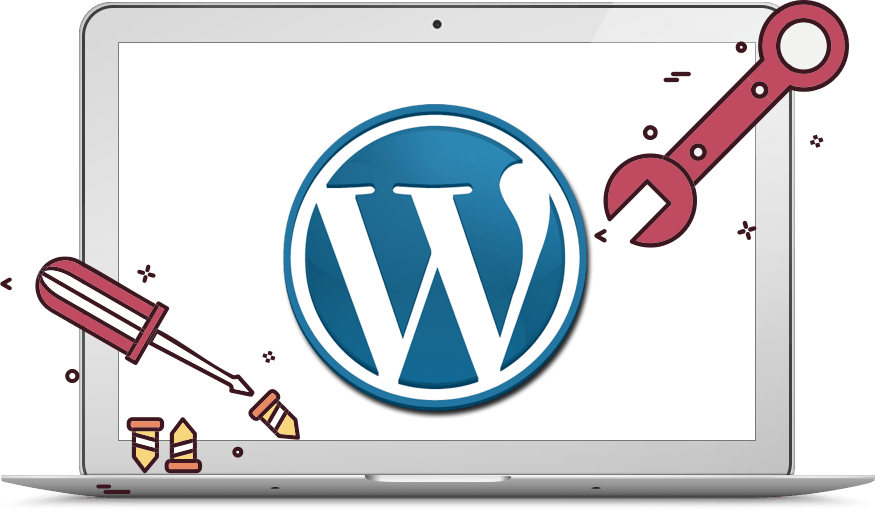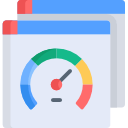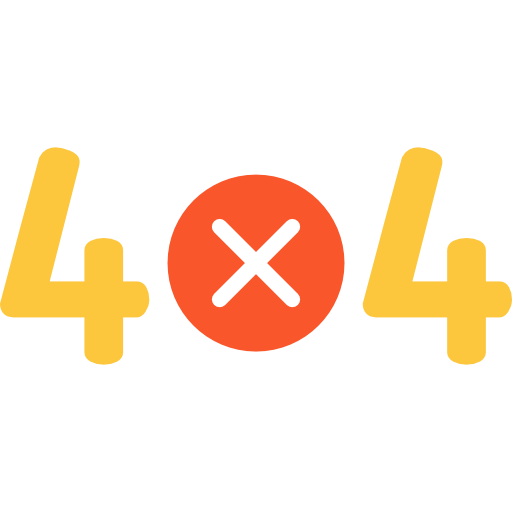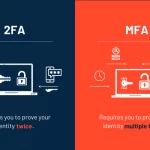
Very few things have disrupted the digital marketing scene as greatly as WordPress has in the last decade. Thanks to the platform’s free and simple content management system it made it possible for anyone, regardless of levels of technical knowledge, to create at least a rudimentary website. This possibility is boosted further by the seemingly endless library of themes and plugins.
According to the latest stats, WordPress powers 35% of the internet as of 2020, an increase of 2% compared to early 2019 and a 4% rise from the previous year. If you count only the CMS-built sites, then about 60% of them are WordPress
However, while creating a basic WordPress website isn’t hard, maintaining it can be, especially if you are not technically minded and not sure what is required to maintain a WordPress website. So, to make things easier, below is a WordPress website maintenance checklist info graphic that can assist you in maintaining and optimising your website.
But, before we look at it, here are the Top 10 WordPress website maintenance tasks that need to be done on a regular basis.
1. Page Speed and Loading Time

Website page speed is an important ranking factor and as such, monitoring it regularly is essential. A slow website speed and load time can hurt not only your site’s traffic but it can also affect your site’s search ranking.
Ensuring that your site’s speed is optimal, is one of the first website maintenance tasks that you need to undertake. This can be done with tools such as GTMetrix or Pingdom Website Speed Test.
2. Update WordPress Plugins and Themes

One of the reasons for a slow website speed and load time is redundant plugins and themes. Apart from taking up a lot of database space, these outdated plugins and themes can also compromise your websites security.
As such, it is crucial that you update all WordPress plugins and themes on your website frequently or delete them entirely if no longer useful.
The security plugins mentioned below will inform you when you have updates pending, or there are several ways that you can perform automatic updates, such as using installatron which is supported by many hosts such as Guru.
It is generally recommend to install the WordPress updates manually, at least major updates, in case it breaks your website, so you can fix it or rollback immediately.
3. Website Security

Often overlooked, this should be a high priority on your top 10 WordPress website maintenance tasks.
Hacking, malware and spam are a common problem across the internet. On average 30,000 new websites are hacked every day. These 30,000 sites are usually legitimate small businesses sites, that are unwittingly distributing malware.
To ensure that you don’t fall prey to these malicious threats and cybercriminals, it is important to implement a security solution to monitor and protect your site and fix any vulnerabilities immediately.
One of the most popular security plugins for WordPress is Wordfence, which I recommend that you install the free edition as a bare minimum. This will provide you with a Web Application Firewall (WAF) to protect your website from common threats and will also scan your website daily for any issues or vulnerabilities, outdated plugins, abandoned plugins and send you a report.
Another very good plugin is Malcare, which as well as providing a WAF and daily scans, also purports to automatically remove any detected malware from your website or your money back. This is the only plugin I am aware of which offers automatic malware removal.
For the ultimate protection for mission critical or eCommerce websites, you also want an external proxy firewall solution such as Sucuri, that scans all traffic and blocks anything malicious before it even reaches your website.
4. Daily Backups

One of the major website maintenance tasks that need to be done on a daily basis, taking your site’s backup will ensure that all your hard-work is safe and secure in the event your site crashes or is hacked.
Your host should be taking regular backups anyway, but some of the cheap/crappy hosts only do backups once per month whereas high quality WordPress hosts such as Guru, FlyWheel, wpx hosting, Kinsta do daily backups.
Check with your hosting provider how often they perform daily backups and make sure you you know how to restore those backups, in fact perform a test run so you are ready in case of disaster.
If your host does not backup daily, then you should definitely be running you own backups, which is always a good practice regardless just in case your hosts backups fails.
Thankfully this can be completely automated as WordPress provides you with a huge options of backup plugins like BackUpWordPress and BackWPup that makes your task of taking a daily backup of your entire website and database easier.
5. Clean Up Unused Media files

These are images and media files which are no longer in use on any of your pages or posts. Un-used media files can take a lot of your website storage space, which uses up your disk space quota and increases the size of your backups.
This may also affect your site’s performance and load time since the metadata for all these files is stored in the database and as such, you need to delete them from the media library completely to ensure that your site is running effortlessly and your database is well-optimised.
6. Review Your Site’s On-page SEO Elements

An SEO-friendly WordPress website is essential in order to increase organic traffic and to boost site’s ranking on SERPs.
The on-page SEO elements on your website will help enhance users as well as search engines experience when navigating your site. Thus, reviewing your site’s on-page SEO with an SEO audit is important to boost online growth.
7. Find and Fix All Broken Links

Dead links (404 errors) or broken links are frowned upon by Google. Too many dead links can get your site penalised as this leads to a poor user experience.
Scanning your site and fixing broken links is recommended in order to optimise your WordPress website. To accomplish this task, you can make use of the Broken Link Checker WordPress plugin that helps detect and re-direct broken links successfully.
8. Optimise Your Websites Images

Large, un-optimised images and media files are another major reason for sluggish website speed. Optimising your websites images is important in order to improve site performance.
It also helps improve your content marketing strategy and page speed scores, thus leading to increased ranking on search engine result pages.
There are many tools available to do this, plugins such as ewww image optimiser, Imagify and Smush or online tools such as jpg optimizer, Optimizilla or Kraken.io.
9. Cleanup & Approve Comments

If you have comments enabled on your site/blog, then you need to process these on a regular basis.
Visitors to your site/blog will quickly become annoyed if their comments never get approved and equally nobody will want to read the comments if they are full of spam.
It is recommended to moderate your comments or implement spam filtering to avoid spammers, otherwise the notification emails will bombard your legit subscribers with emails every time a spammer comments.
If you do use spam filtering, keep an eye on it to make sure it is still working.
10. Check Your Contact Forms

If the contact forms or any form on your website stops working, you will not be receiving sales enquiries from potential customers or support requests from existing customers.
Contact forms can stop working for a variety of reasons, a common issue is with the email address that the forms are submitting to or the email account being used to send the emails has had its password changed.
Check your forms at least once per week to make sure they are still working.
In Conclusion
I hope you found these top 10 WordPress website maintenance tasks useful. The above-mentioned WordPress website maintenance tasks are the most essential, however, there are a few more equally important routine tasks that you need to accomplish.
Take a look at this website maintenance infographic below, which is the beginners guide on how to maintain a WordPress website effectively. And undertake these tasks in order to optimise your website so that it runs, performs and functions smoothly across all devices and browsing platforms.








